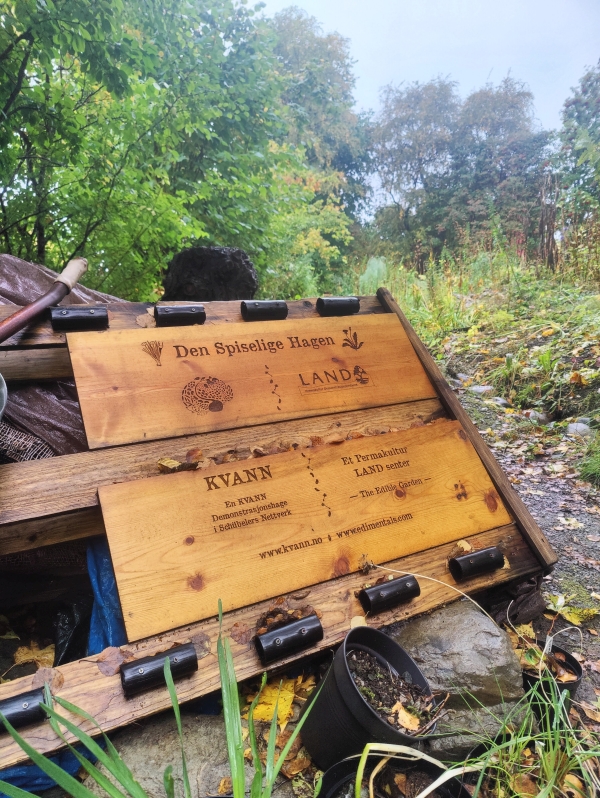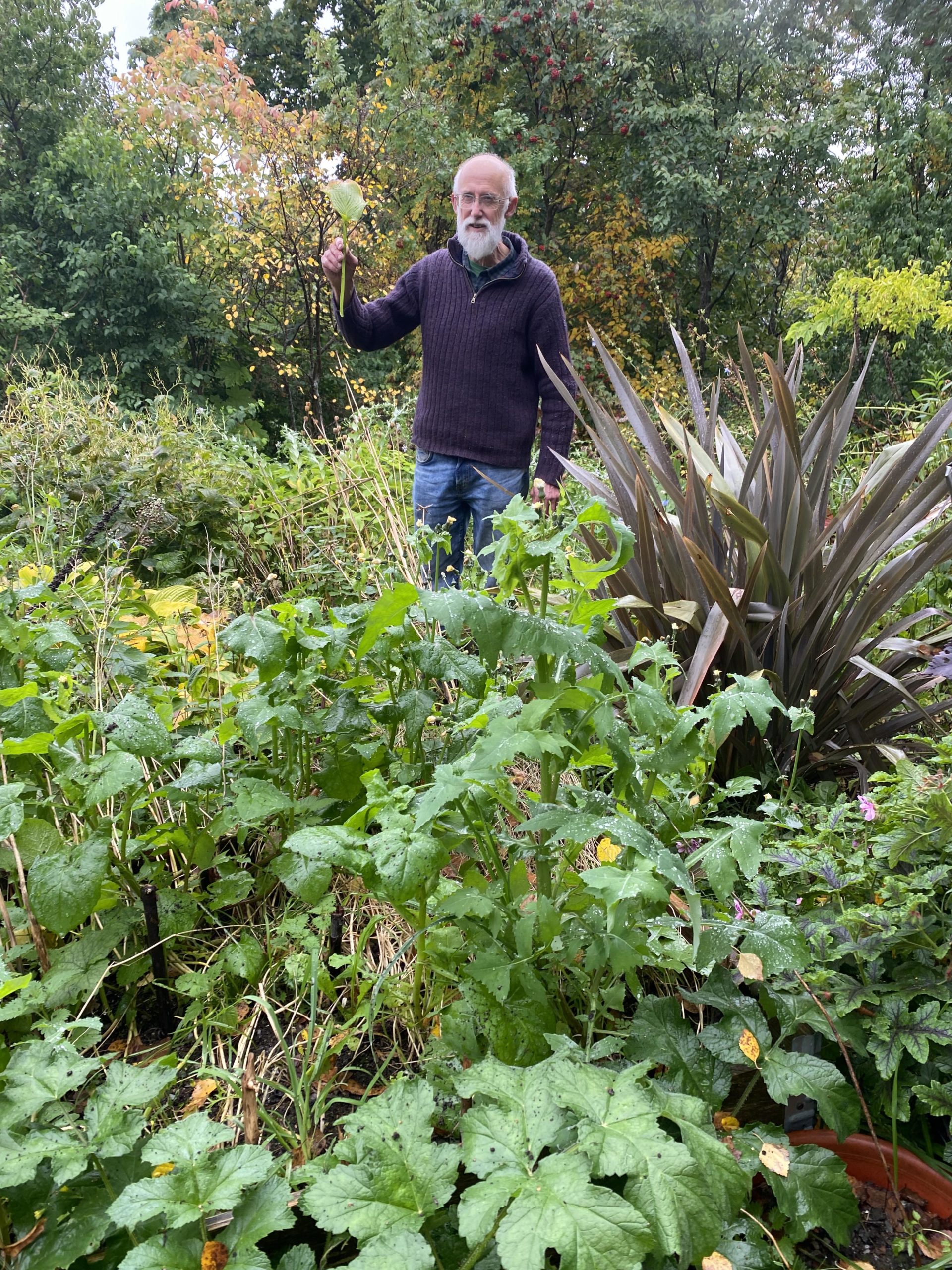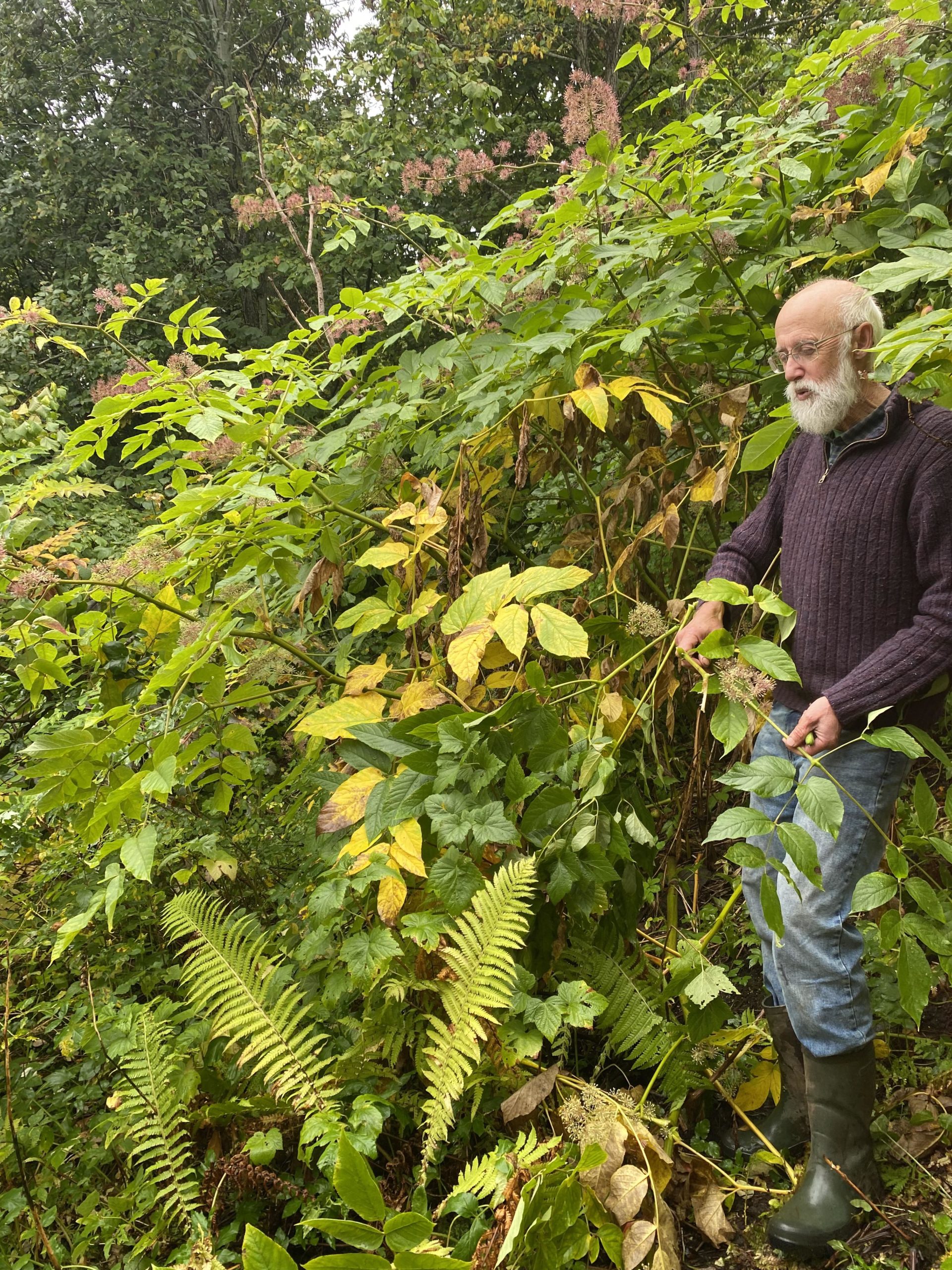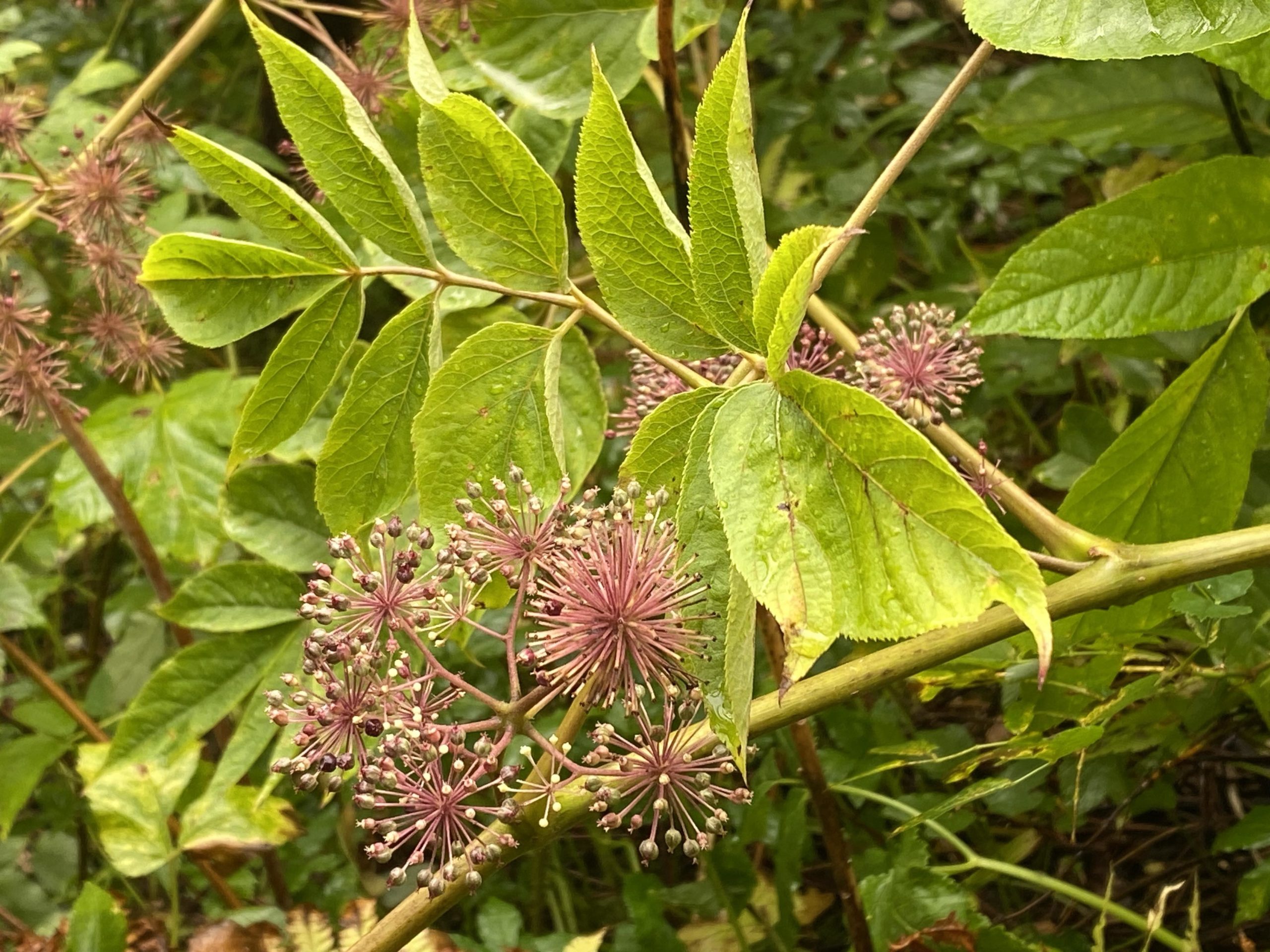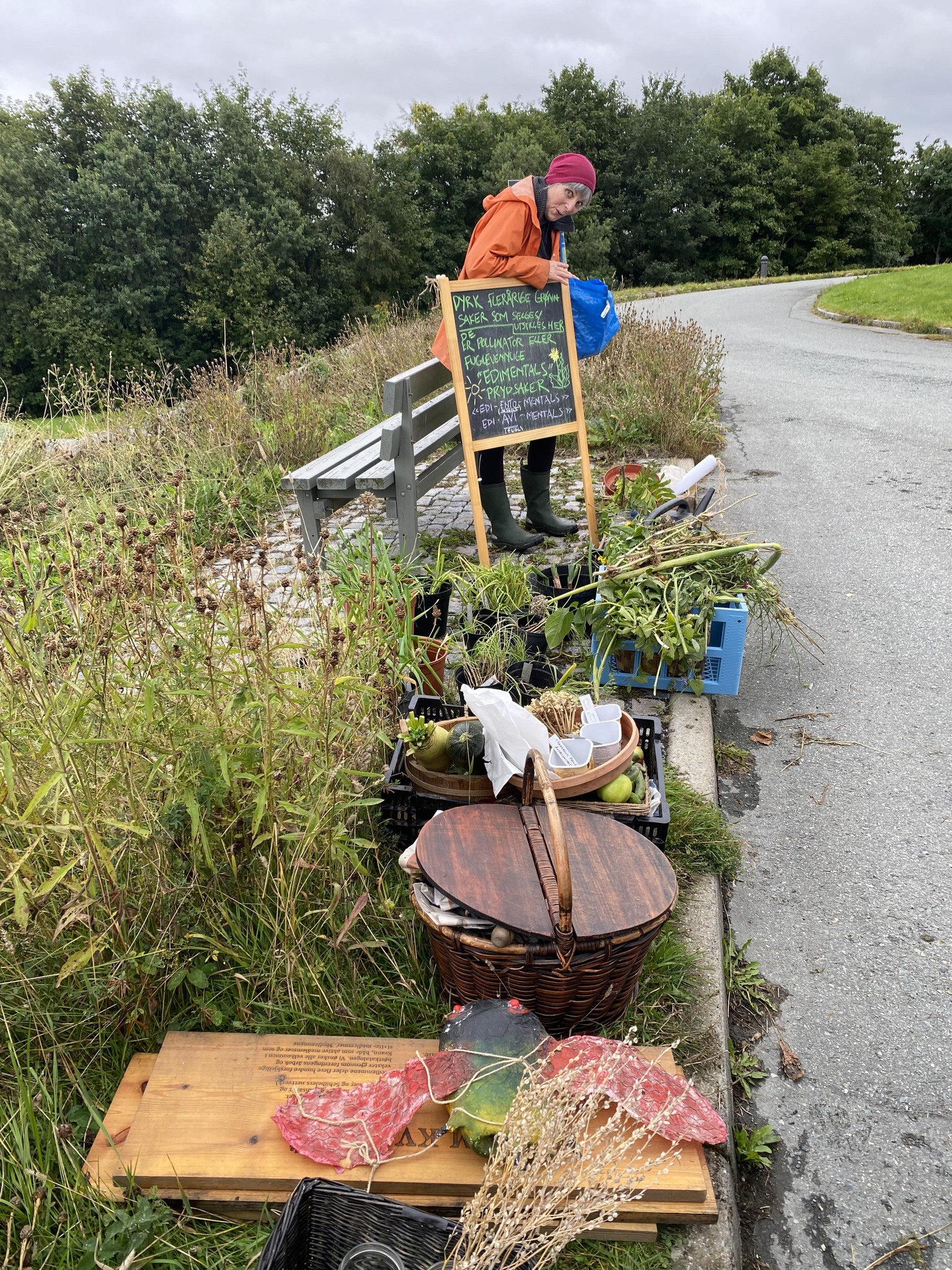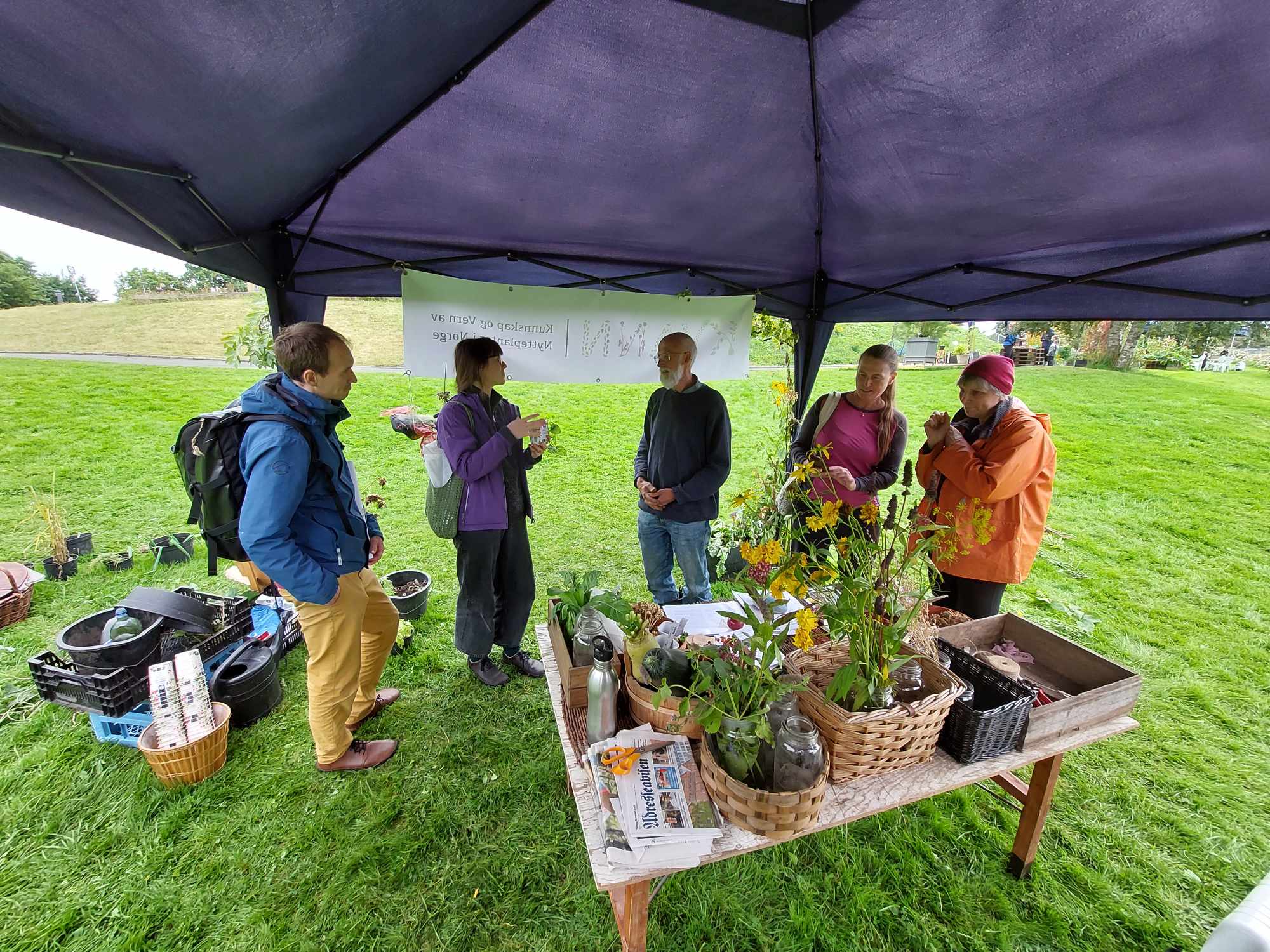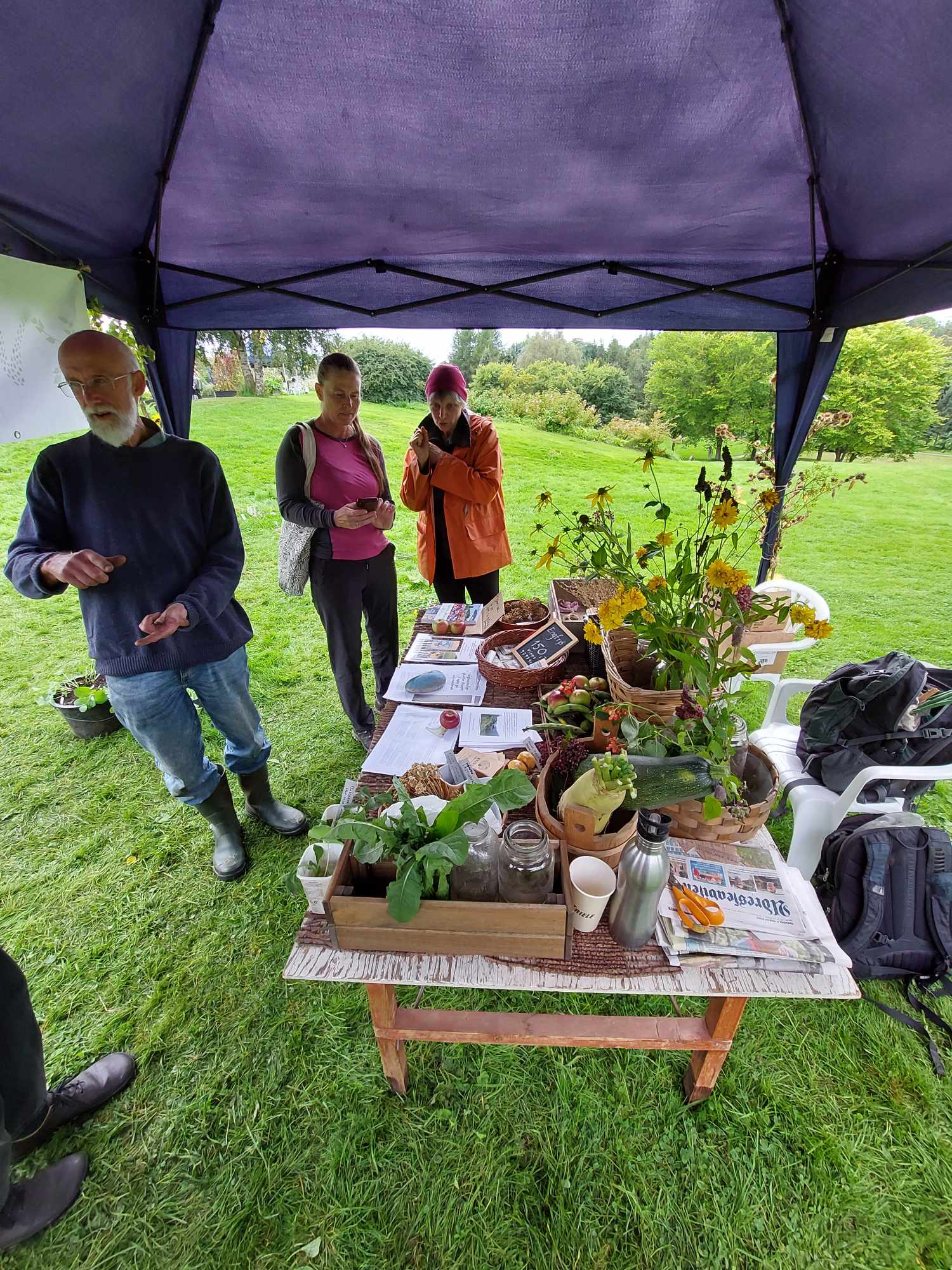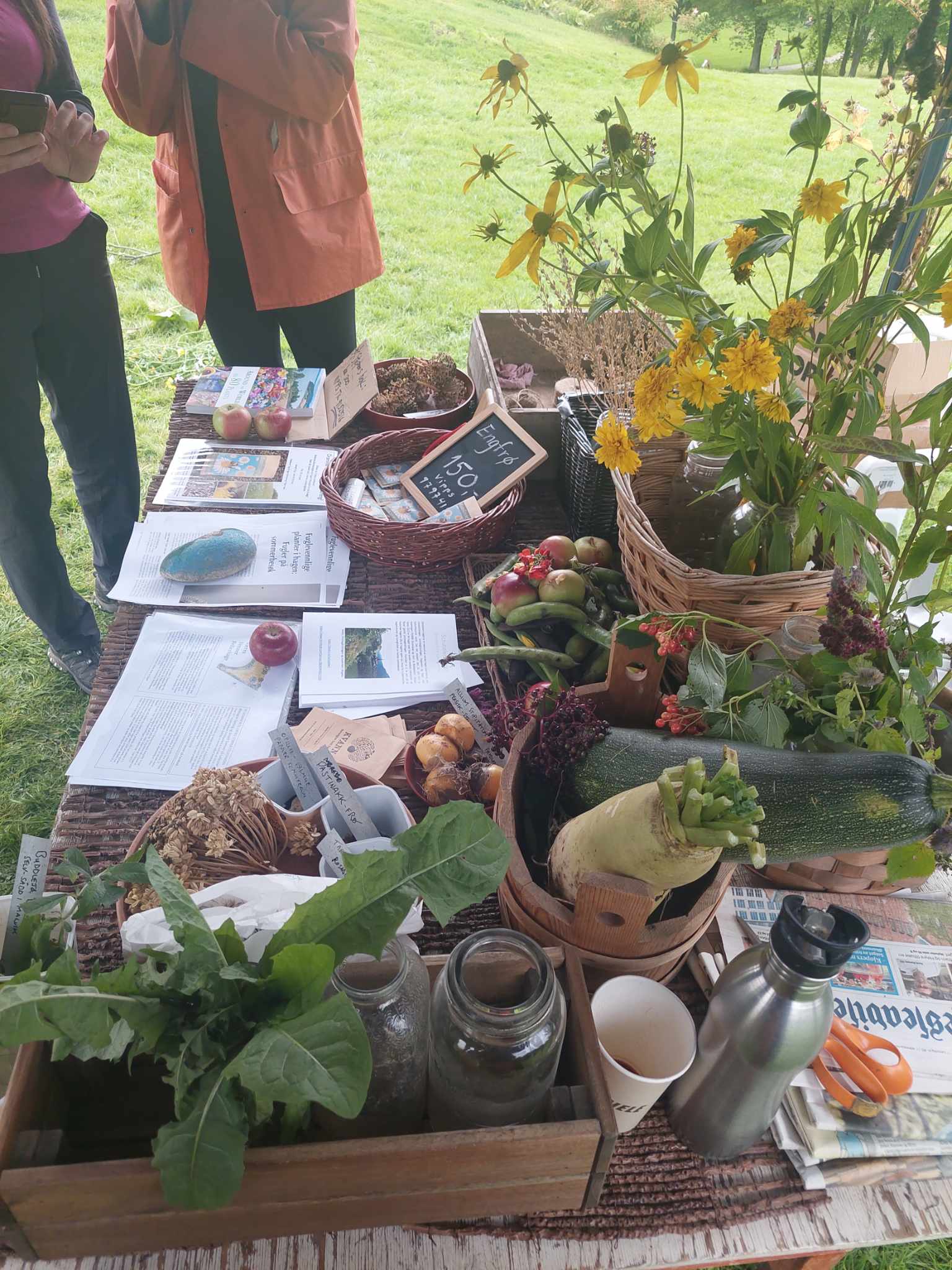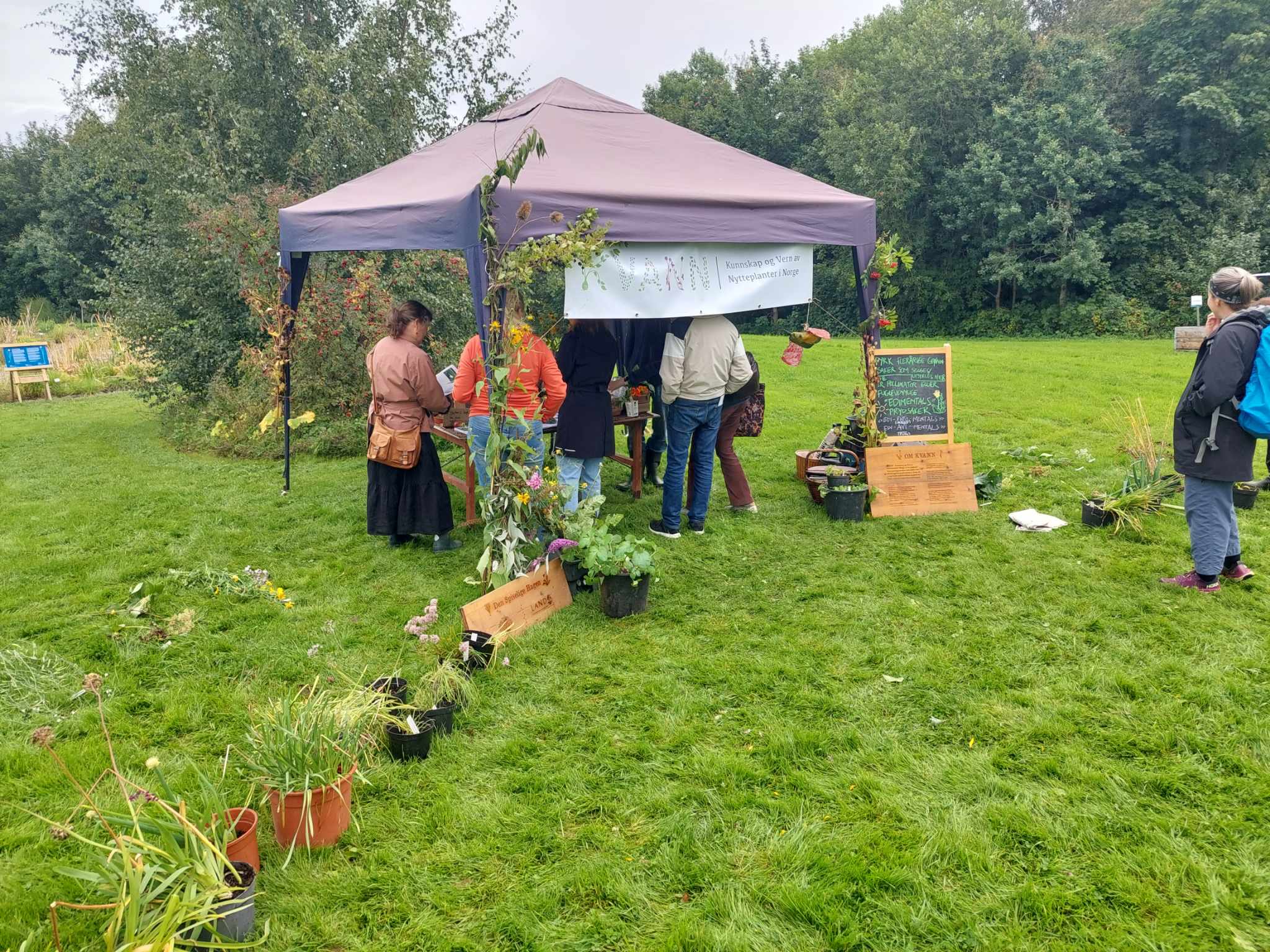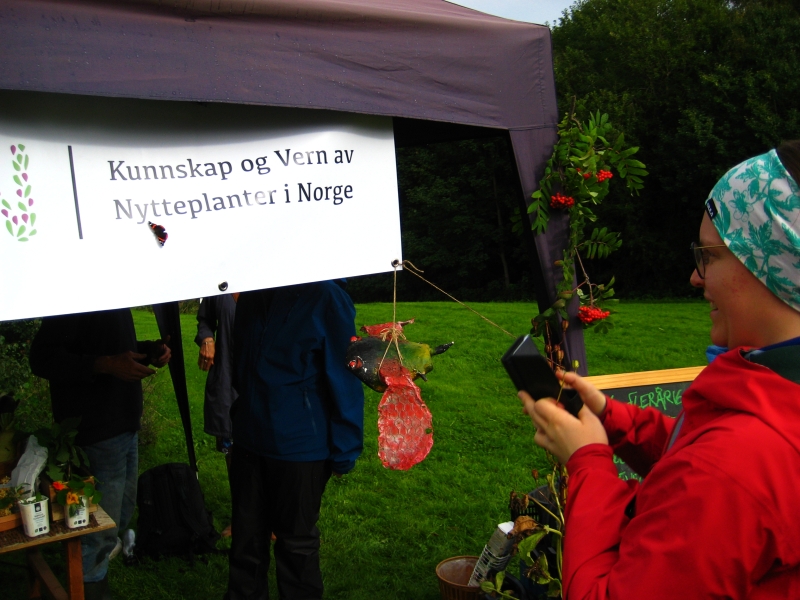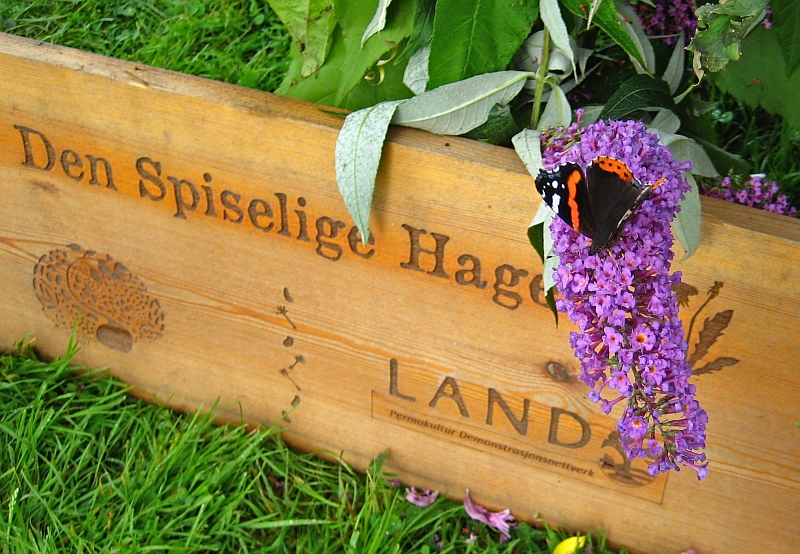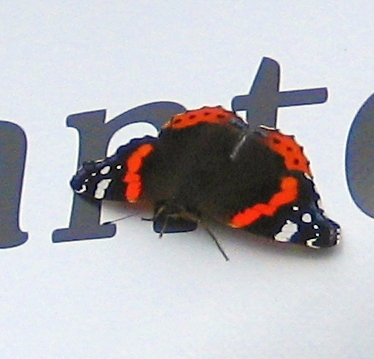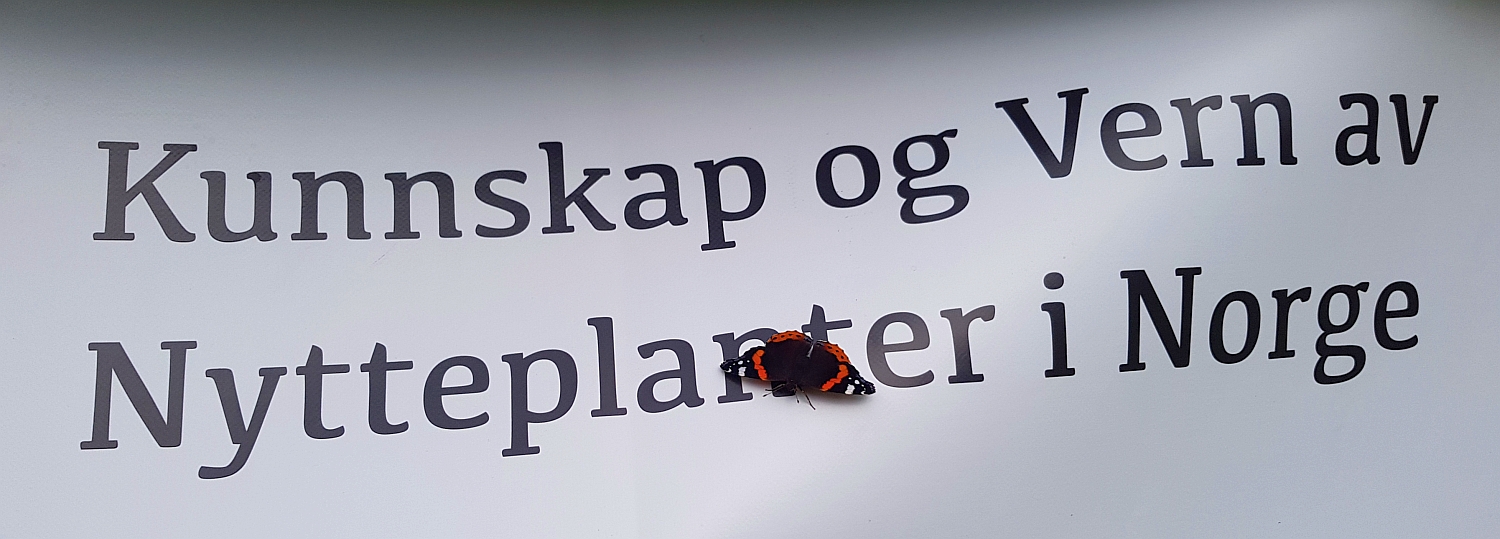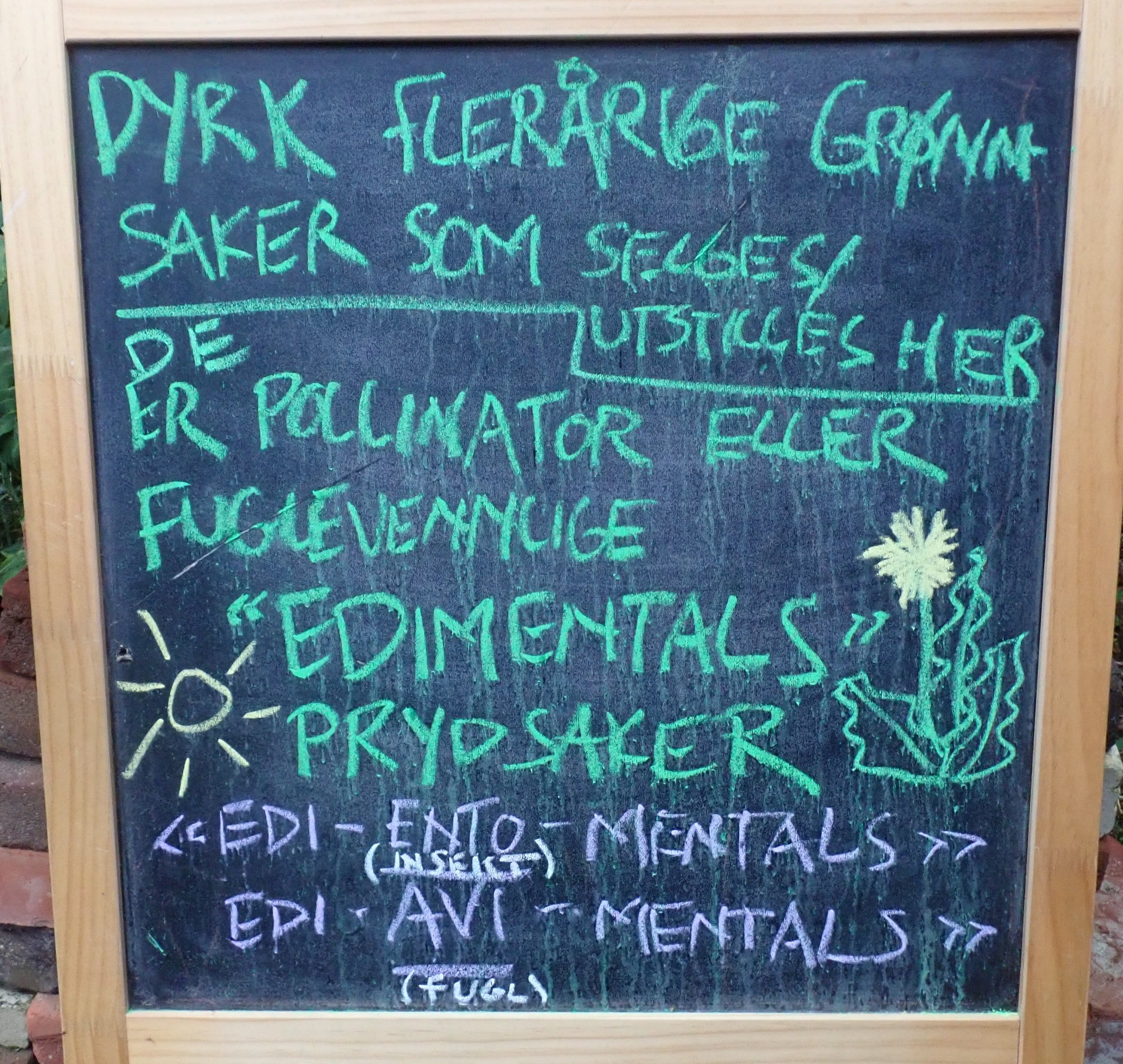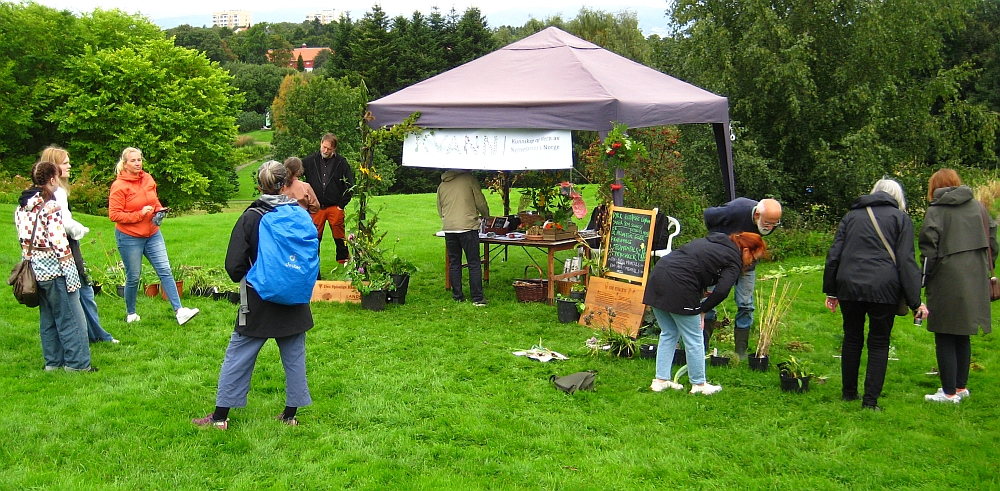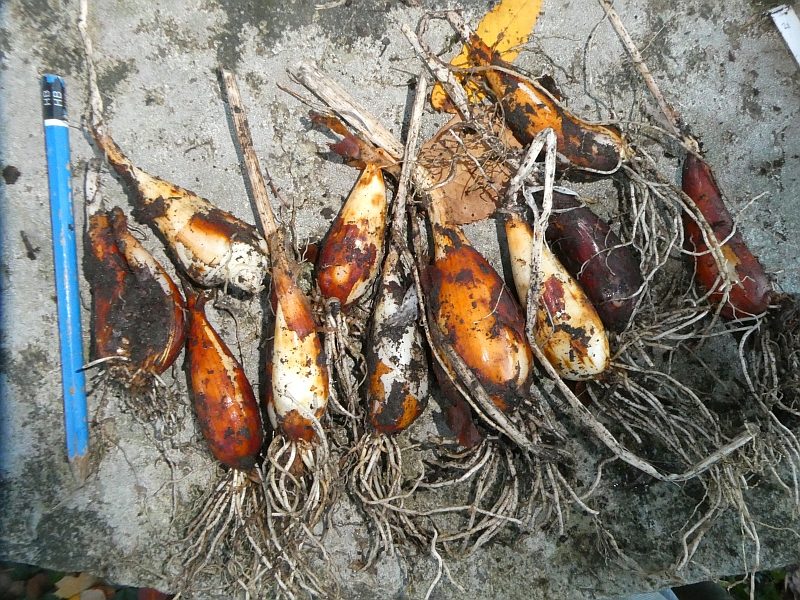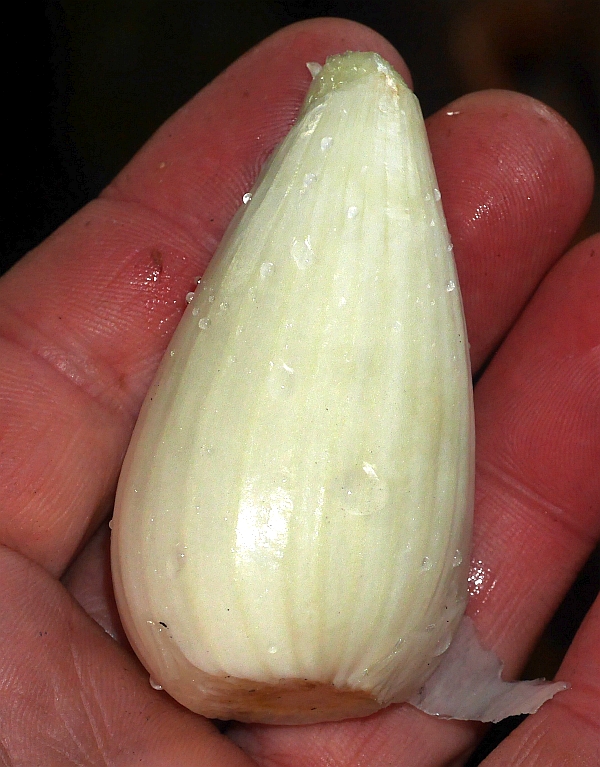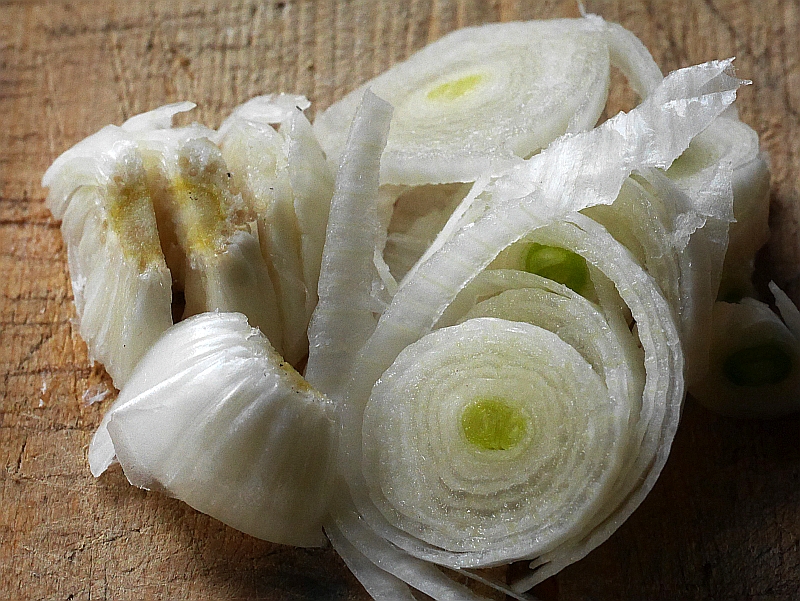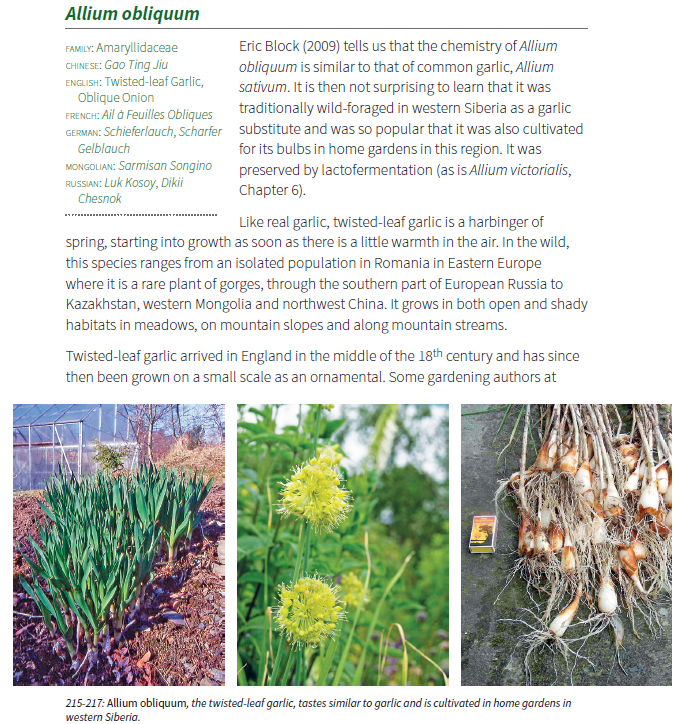The garden pea / ert (now Lathyrus oleraceus, was Pisum sativum) is an important source of vegetable protein and can be grown over most of Norway with many heirloom varieties which have been rescued and are maintained across Scandinavia by seed saver organisations such as our own KVANN (Norwegian Seed Savers; kvann.no).
Over the years, I’ve grown over 90 different varieties and usually some 20 varieties every year, a mix of Scandinavian and UK heirlooms and modern varieities. There are some favourite varieties such as Golden Sweet, Purple Podded, Salmon Flowered, Sugar Snap and Hurst Green Shaft which I grow each year, whilst others are grown less frequently on a roughly 3 year rotation, so that I am maintaining some 40-50 varieties at any one time! I share a few with members of KVANN each year.
The pea harvest and processing for 2023 was completed yesterday: dried first on window sills, then sorted, saving the best peas for seed for the next grow-out and for sharing. I use the remainder mainly for pea soup, pea fritters/felafel and for sprouting for pea shoots. Here’s this year’s pea diversity shown in the pictures:
Outer ring: Rättviksärt, Mammoth Melting, Big Jumps / Karina, Sugar Magnolia, PI203064 Finsk (gift, rematriated from Seed Savers Exchange), Jærert, Lollandske Rosiner, Herald/Herault, (Middle): Alma, Salmon Flowered, Purple Podded, Golden Sweet, Slikkert fra Våler, Store Holgers Kämpeart, Sugar Snap and Magnum Bonum (Not shown: Brunært fra Nakskov and Svartbjörsbyn).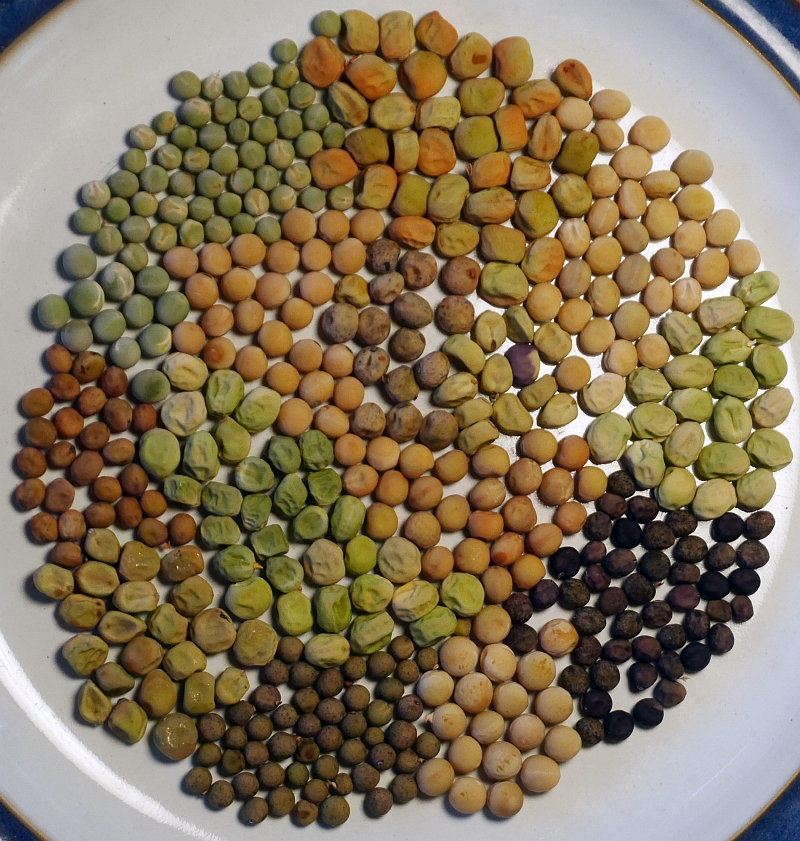

Tag Archives: KVANN
Organic week in Trøndelag / Økouka i Trøndelag
Last week was National Organic Week (Økouka), a busy week for me as I had two garden tours in my Edible Garden in Malvik (the rain stopped both days just before we started), a walk and talk in the community garden at Væres Venner and a talk at Stammen Cafe & Bar in Trondheim on “Perennial Climate-friendly Food Plants for Urban Areas” talking about 15 advantages of growing perennials! Below you can see pictures from each of the events which were all well attended. I’ve credited the various photographers below. Thanks to all that came along!
1. Garden tour on Wednesday 27th September
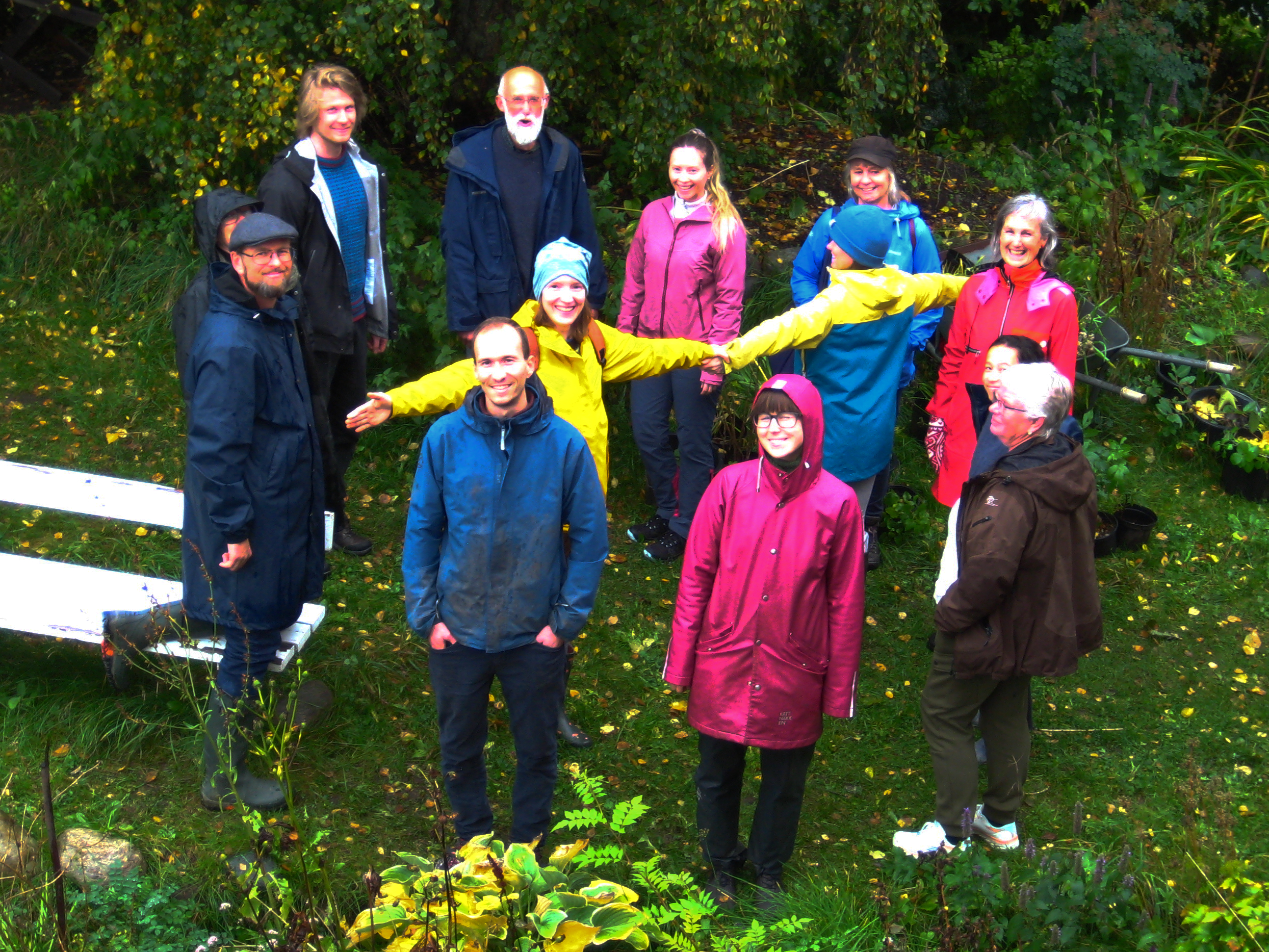 Making the Ø letter for Økouka (picture: Margaret Anderson)
Making the Ø letter for Økouka (picture: Margaret Anderson)
2. Talk at Stammen

2. Garden tour on Sunday 1st October
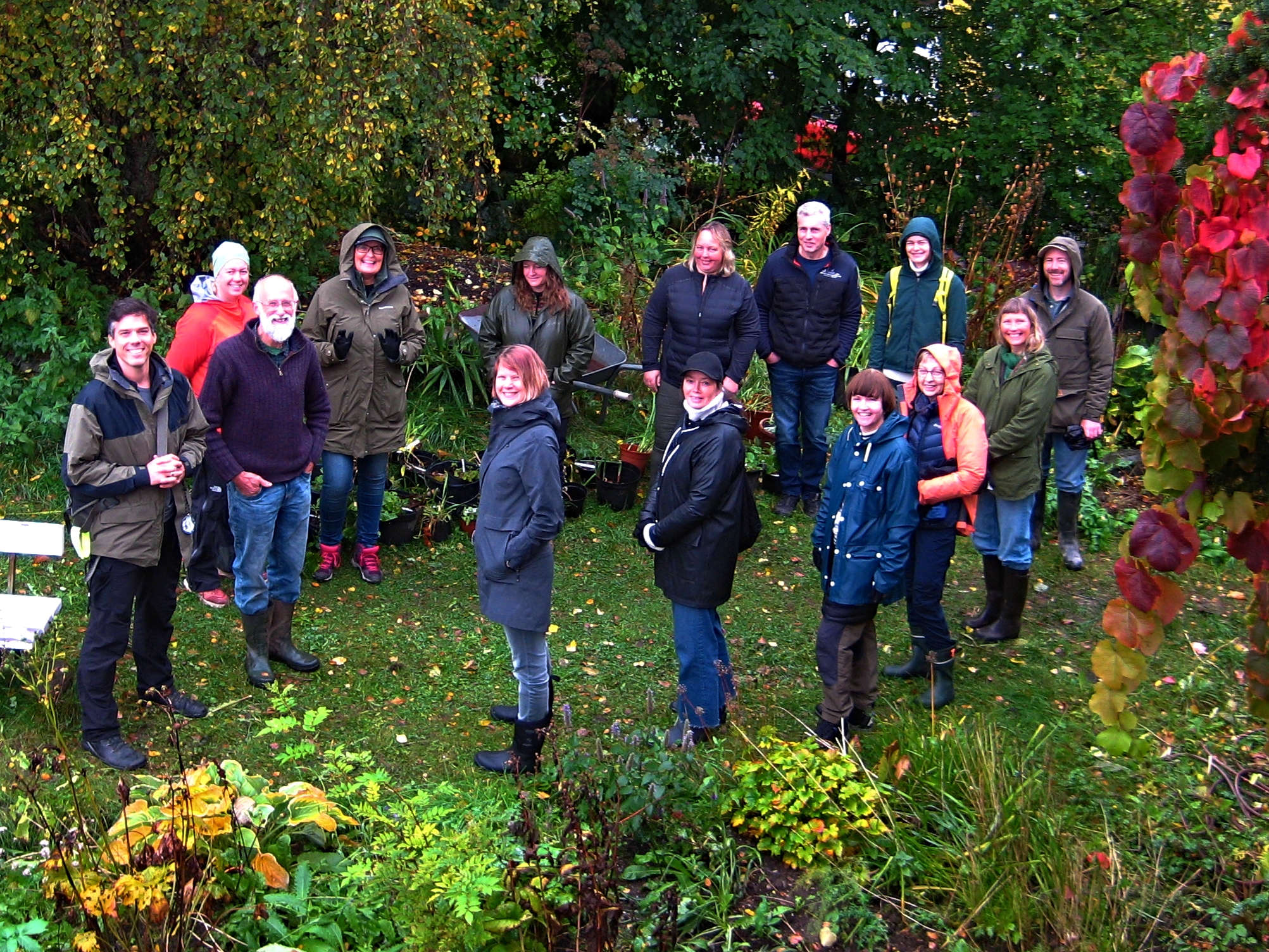
Pictures by Markus Tacker (click on the album pictures for more information):
Pictures by Marit By (click on the album pictures for more information)::
4. Walk and talk in the Væres Venner Community Garden
Pictures by Marit By (the World Garden looking good in its autumn colours with the backdrop of the old ash trees):

Ringve’s 50th Biodiversity Celebrations
Fantastic day at Ringve Botaniske Hagen’s 50th anniversary garden party for the city. The theme for the day was Biodiversity and Sustainability! KVANN had a stand with a focus on perennial food plants that double as ornamental plants, insect-friendly or bird-friendly. We brought with us a number of such edi-ento-mentals and edi-avi-mentals (insect- or bird-friendly, edible ornamental plants) and many toom home plants or seeds! Eventually, all the flowers attracted biodiversity in the form of two admirals and a number of hoverflies!
Thanks to all KVANN members and others who visited and helped us, and especially Jurgen Wegter who helped and brought flower meadow seeds from Fagerli Naturgård!
Thanks also to Vibekke Vange and my colleagues at Ringve!
Pictures by Jurgen Wegter, Stephen Barstow and Meg Anderson!
Grand opening of the Onion Garden
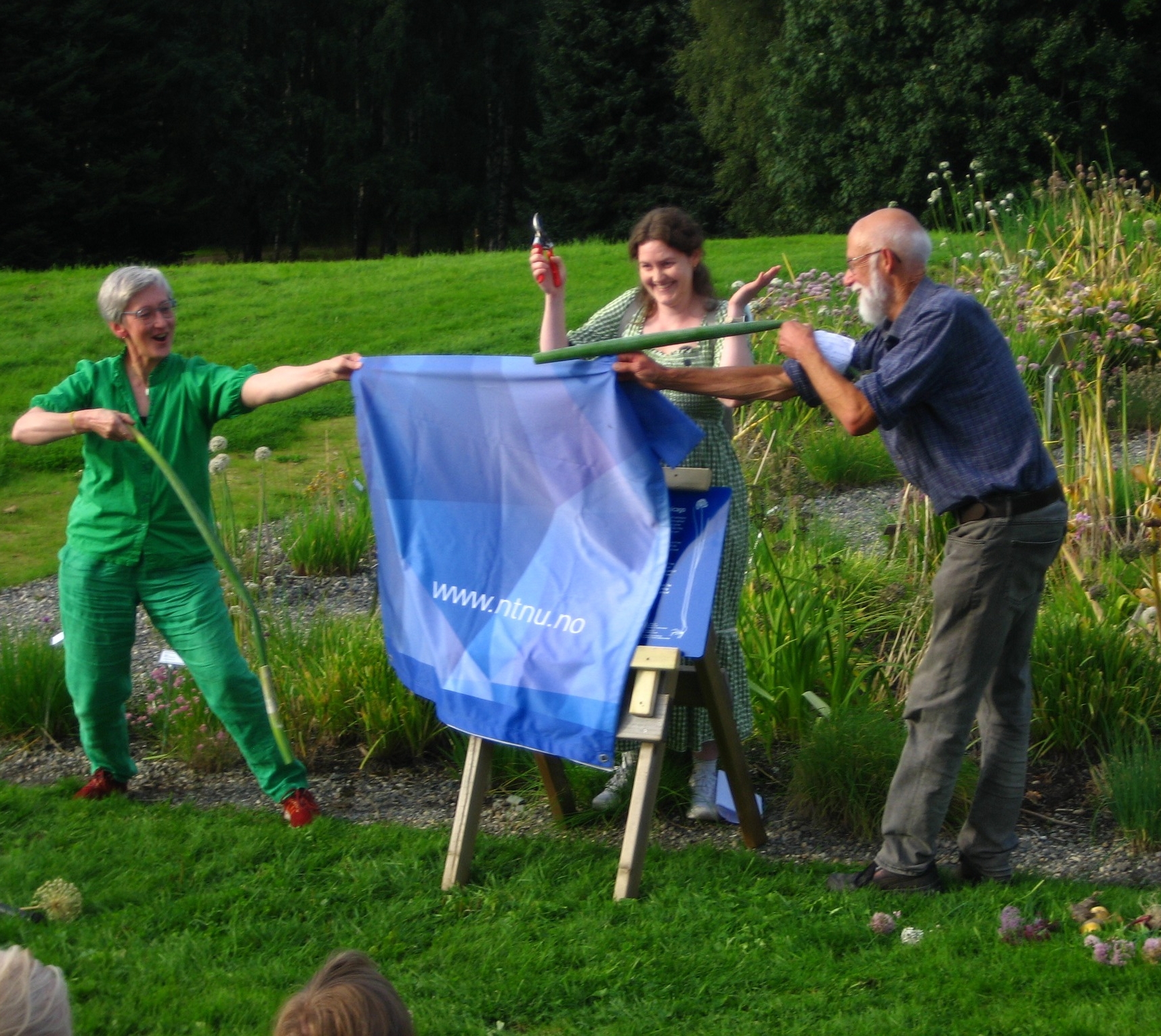 The long delayed (by COVID) opening of the Onion Garden Chicago took place at the Ringve Botanical Gardens in Trondheim on Friday. Here we grow over 400 different Alliums including over 100 botanical species and some 60 old (with a history from 60-980 years; yes the oldest history goes back to 1040!) Norwegian onions.
The long delayed (by COVID) opening of the Onion Garden Chicago took place at the Ringve Botanical Gardens in Trondheim on Friday. Here we grow over 400 different Alliums including over 100 botanical species and some 60 old (with a history from 60-980 years; yes the oldest history goes back to 1040!) Norwegian onions. To officially open the garden, Elise Moltzau Wanderås from the Norwegian Agricultural Authority (LDir) was given Felco garden shears to clip Allium pskemense flowering stems and our new sign was simultaneously revealed (received the day before)!
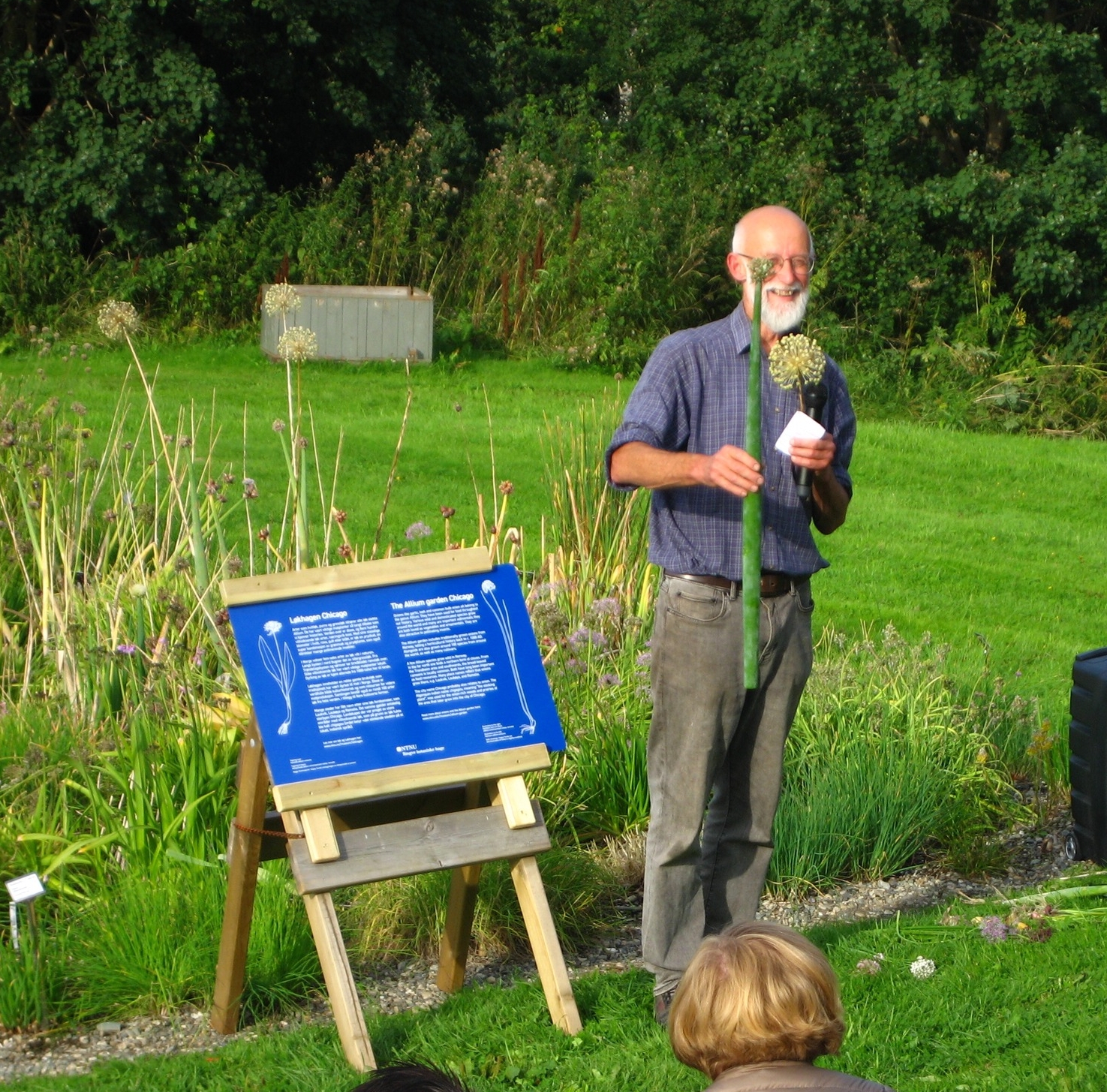
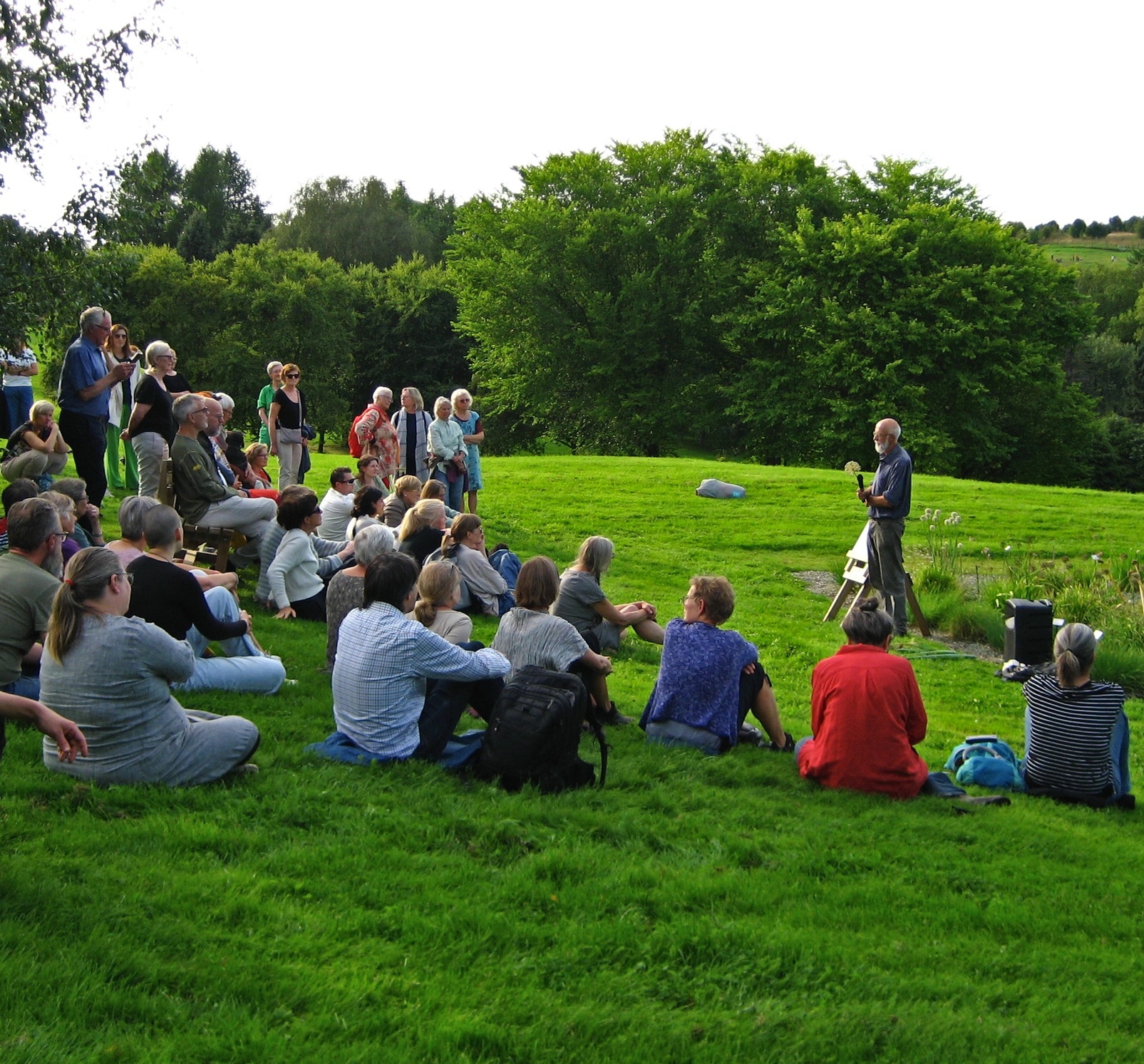
Seed sorting for KVANN members
This weekend was my big annual seed pack for members of Norwegian Seed Savers (KVANN, kvann.no). I’m offering some 360 varieties this year and I received orders from 60 members within the time limit, totalling 580 packets. I share my seed nowadays exclusively with KVANN apart from a few trades. Two complete days of packing and I was worn out without leaving my chair apart from a short burst of snow clearing outside. Having done this for over 20 years now, the picture shows I can pack seed without taking my eyes off yesterday’s femmila (50 km cross-country ski race in the world cup). If you get the wrong seed, you now know why ;)
Now time for a ski today!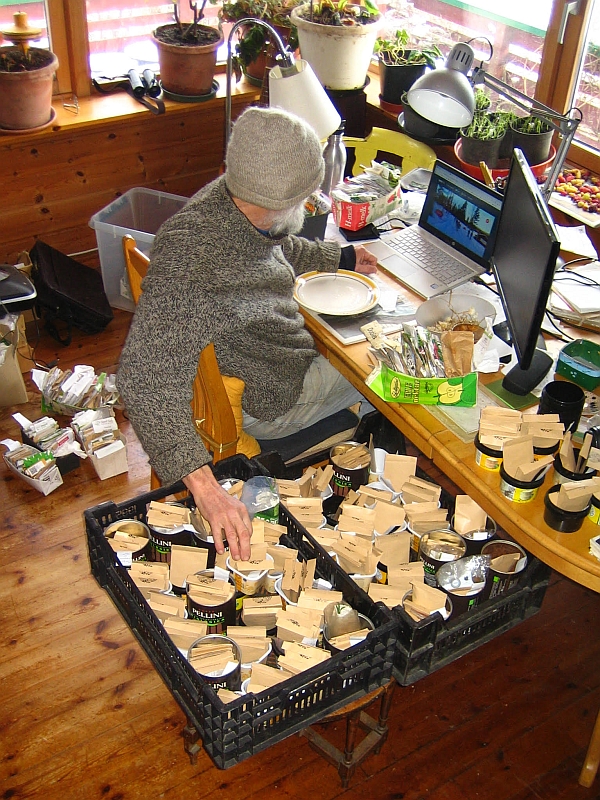
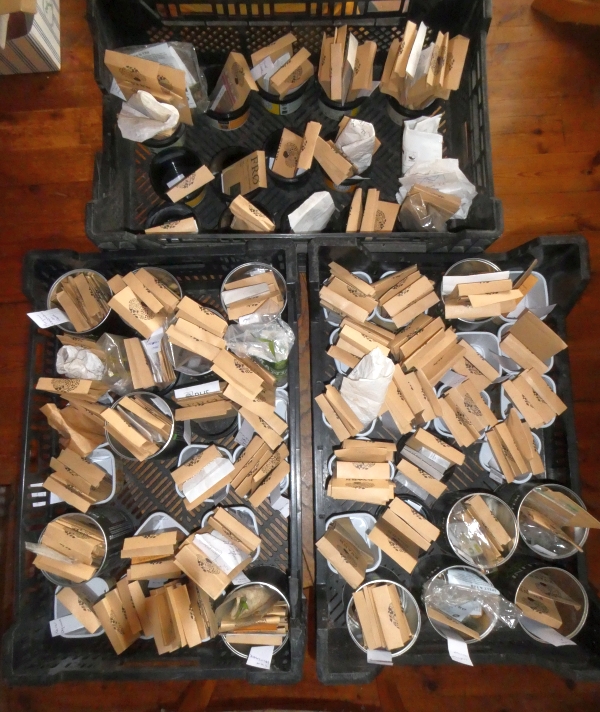
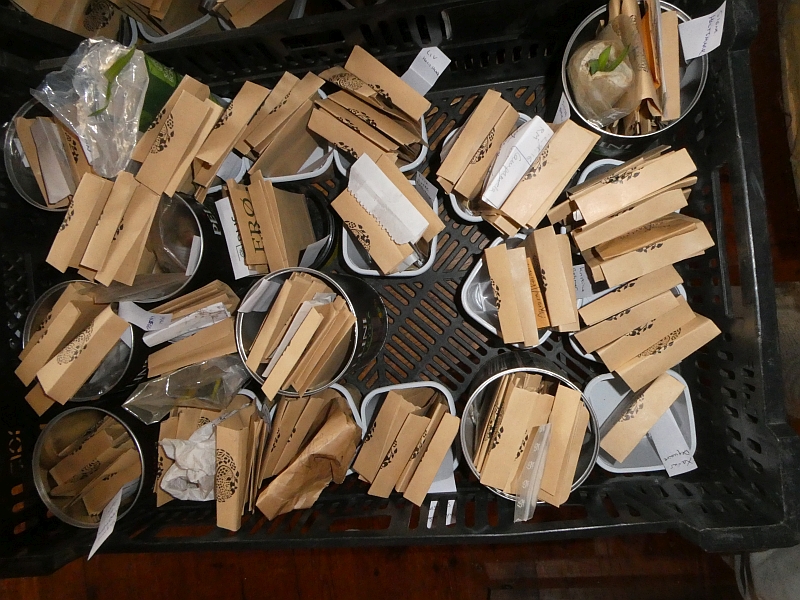
“Over the top” Flowery Whopper Carrot Salad
I was going to post an album of pictures showing off all the late flowers in the garden this record-breaking mild autumn still without any frost, but as they’re all edible I made a salad instead!
There were 33 different edible flowers (see the list below the pictures) plus 30-40 greens and a whopper carrot which I decided to keep whole as a feature! It was cut up when the salad was tossed afterwards. It has a story too as it is one of the Danish accessions rematriated from Seed Savers Exchange (SSE) in the US last winter. I took a few seed before sending the rest on to Danish Seed Savers (Dansk Frøsamlerne). It’s called Kämpe which means Giant in Swedish/Danish (I call it Whopper as it’s probably the biggest/thickest carrot I¨’ve grown here). It’s not a very old variety and SSE informed that it was a cultivated variety originally from the Swedish seed company Weibulls. Anyone know more about it?
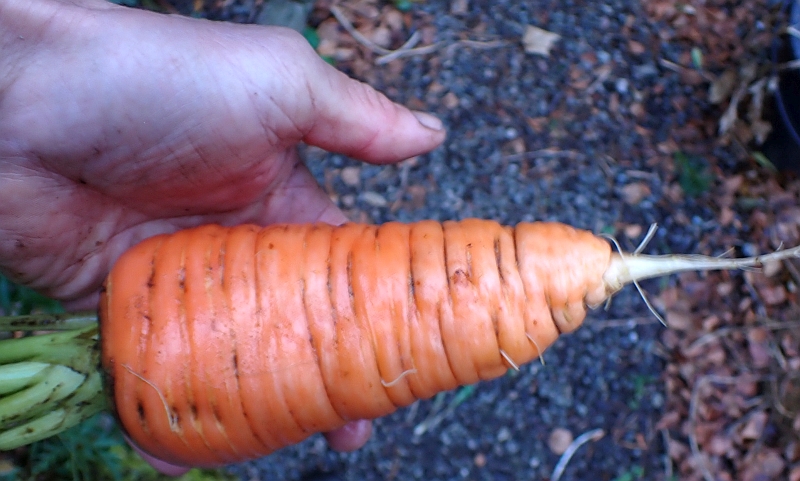




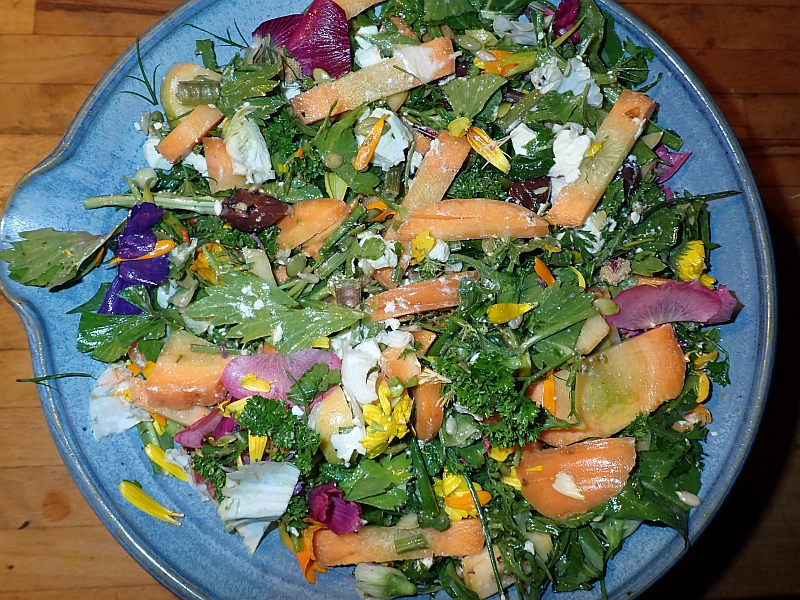
Salad flowers, all harvested from the garden
Salvia (blackcurrant sage / solbærsalvie)
Fuchsia magellanica
Hemerocallis “Stella de Oro”
Taraxacum spp. (dandelion / løvetann)
Rubus fruticosus (blackberry / bjørnebær)
Papaver somniferum (opium poppy / opium valmue)
Viola altaicum
Campanula persicifolia (peach-leaf bellflower / fagerklokke)
Sonchus oleraceus (common sow-thistle / haredylle)
Glebionis coronaria (chopsuey greens / kronkrage) (3 varieties)
Daucus carota (carrot / gulrot) (unopened flower umbel)
Geranium sanguineum (bloody cranesbill / blodstorkenebb)
Brassica oleracea (kale / grønnkål)
Oenothera biennis (evening primrose / nattlys)
Begonia
Malva moschata (musk mallow / moskuskattost) (white and pink flowered)
Malva alcea (hollyhock mallow / rosekattost)
Monarda fistulosa (wild bergamot / rørhestemynte)
Monarda “Elsie Lavender”
Calendula officinalis (pot marigold / ringblomst (2 varieties)
Campanula trachelium (nettle-leaved bellflower / nesleklokke)
Calamintha nepeta (lesser calamint / liten kalamint)
Tropaeolum majus (nasturtium / vanlig blomkarse) (2 varieties)
Pisum sativum (garden pea / ert)
Origanum spp. (wild marjoram / bergmynte) (2 varieties)
Campanula lactiflora
Alcea rosea (hollyhock / stokkrose)
Tragopogon pratensis (Jack-go-to-bed-at-noon / geitskjegg)
Twisted-leaf garlic for lunch
I’d sent a few bulbs of twisted-leaf garlic (Allium obliquum) to members of Norwegian Seed Savers’ (KVANN) guild for Alliums and had a few left overover, so I fried them up for lunch and ate them with cheese on toast. A delicious sweetish taste after heating in olive oil. The onions are also a good size! This was one of the 80 in my book Around the World in 80 plants!
Myoga shoots and propagation
I decided to repot my plant today and also divide so that I can offer to a few members of Norwegian Seed Savers (KVANN) to try mainly in the warmer parts of Norway.
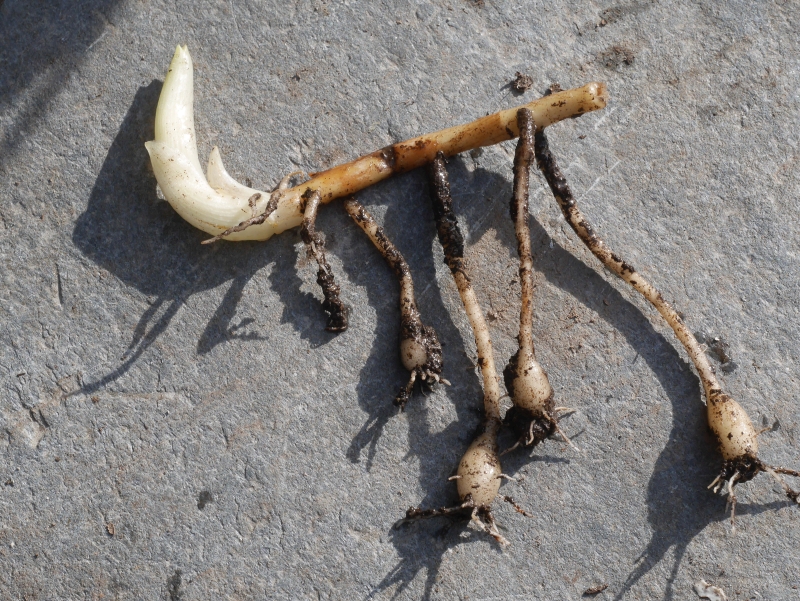

THE NEW EDIMENTALS SEED TRADE LIST FOR 2021-2022
WELCOME TO MY NEW SEED TRADE LIST FOR WINTER 2021-22, THIS YEAR WITH 323 VARIETIES
19, 20, 21 indicate the harvesting year for the seed. Concerning seed quantity: as I don’t have many plants of each species, seed quantity is limited in most cases. Therefore, for some species you may only get a few seeds. Many species are harvested in my garden. Others are surplus from trade and purchase. OUT: Means out of stock. NB! Cultivars do not always come true. I offer them anyway, but no guarantees to what you will get!
NOTE: I don’t sell seed and I won’t be doing many trades this winter due to a busy schedule. However, I offer all plus to members of Norwegian Seed Savers (KVANN) through our spring (February) “yearbook” and autumn catalogue. To become a member go to https://kvann.no/bli-med. It costs only kr. 250 / year plus postage and packing.
For trades, I am mainly interested in uncommon hardy perennials, but I may also be interested in annuals.
NB! Not all plants in this list are edible, although almost all are!
Botanical name / Cultivar / Year of Harvest / Info
Abelmoschus esculentus Silver Queen 19
Agastache foeniculum 19
Agastache foeniculum Alba 20
Alcea rosea 21
Allium aflatunense 20
Allium altissimum 20
Allium amphibolum 21
Allium anisotepalum 19
Allium atropurpureum 20
Allium atroviolaceum 20
Allium bekeczalicum 19
Allium bekeczalicum x alaicum 19
Allium brevicaule 19
Allium canadense 21
Allium carinatum Pulchellum 19
Allium carinatum Pulchellum Album 19
Allium carolinianum 21
Allium cepa Newburg onion 19
Allium cepa Rossa Lunga di Firenze 19
Allium cepa Green Bunattina 20
Allium cepa Ishikura 20
Allium cepa Lafort 20
Allium cepa Lava 20
Allium cepa Laskala 20
Allium cepa Musona Alpina 19
Allium cepa White Lisbon 20
Allium cepa White Lisbon Winter Hardy 20
Allium cepa Guardsman 20
Allium cepa Katana F1 19
Allium cernuum Mix 21
Allium crenulatum 21
Allium cretaceum 19
Allium cyathophorum 21
Allium darwasicum 19
Allium douglasii 21
Allium erubescens 19
Allium fetisowii 19
Allium fistulosum Auen 4 19
Allium fistulosum Bygland 19
Allium fistulosum Gribovskij 21
Allium fistulosum Leppasyrja 19
Allium fistulosum Neset 19
Allium fistulosum Unknown Japanese (hardy) 21
Allium fistulosum Kaj 19
Allium fistulosum Gerda 19
Allium fistulosum North Holland Blood Red 19
Allium fistulosum Ex Salatnyj 30 20
Allium fistulosum Ex Anemette Olesen 20
Allium fistulosum Ex Nerøygarden 20
Allium fistulosum Ex Valbjør 20
Allium fistulosum Ex Søre Breden 20
Allium fistulosum Ex Sve 20
Allium fistulosum Ex Aprelskiy 20
Allium fistulosum Ex Svenskelauk 20
Allium fistulosum Ex Idunn 20
Allium fistulosum Ex Elfried Søvold 20
Allium fistulosum Ex Italy 20
Allium fistulosum Ringve Mix 20
Allium flavum Mix 21
Allium fuscoviolaceum 18
OUTAllium galanthum 21
Allium aff. geyeri 21
Allium globosum 19
Allium hookeri var muliense 21
Allium hymenorrhizum 20
Allium insubricum 21
Allium jesdianum Akbulak 19
Allium jesdianum Purple King 21
Allium karataviense Ex-Ivory Queen 21
Allium karelinii 19
Allium lipskyanum 19
Allium lusitanicum from Moravia 20
Allium macranthum 21
Allium mairei 19
Allium narcissiflorum 21
Allium nutans x flavescens 19
Allium obliquum 21
Allium ovalifolium var. leuconervum 21
Allium paczoskianum 19
Allium praescissum 19
Allium pskemense x fistulosum 19
OUTAllium rotundum 19
OUTAllium rotundum subsp jajlae 19
Allium saxatile 19
Allium schoenoprasoides 21
Allium schoenoprasum Dolores Chives 19
Allium schoenoprasum subsp sibiricum 20
Allium schoenoprasum var orientale 20
Allium scorodoprasum Abrahamshallen Bergen 21
Allium scorodoprasum Borøya 21
Allium scorodoprasum Grums. Värmland 21
Allium scorodoprasum Homborsund Fyr 21
Allium scorodoprasum Leikerøya,Risør 21
Allium scorodoprasum Sandøya, Farsund 21
Allium scorodoprasum Skåtøy, Kragerø 21
Allium scorodoprasum Kristiansand 21
Allium scorodoprasum Uppsala 21
Allium severtzovioides 19
Allium sewerzowii 19
Allium spirale 19
Allium splendens 20
Allium stipitatum 21
Allium stipitatum Album 21
Allium stipitatum Ex-Goliath 19
Allium strictum 18
Allium suaveolens 19
Allium tianschanicum 19
Allium tuberosum 21
Allium tuberosum from Margaret Short i Alaska 20
Allium tuberosum Nien Hwa (Vreeken) 20
Allium tuberosum Geisha 20
Allium ursinum 21
Allium validum 21
Allium victorialis 21
Allium ulleungense? (Ex-Allium victorialis from Gothenburg) 21
Allium wallichii 21
Allium wallichii 19
Amorphophallus konjac 21
NEW Amygdalus nana (Dwarf Siberian Almond) 21
Anethum graveolens 21
Angelica acutiloba 21
NEW Angelica archangelica var decurrens 21
NEW Angelica archangelica “Vossakvann Markusteigen” 21
Angelica grayi 21
Anredera cordifolia 21
Anthriscus cerefolium 21
Apium graveolens Aberdeen selection (leaf celery from Alan Carter’s Forest Garden in Aberdeen) 20
Apium graveolens Green Utah 20
Apium graveolens Red Stem 19
Aquilegia caerulea 21
Aquilegia chrysantha 19
Arabis alpina Snow Peak 20
Aralia californica 21
Aralia racemosa 21
NEW Aralia spinosa / elata 21
Arctium lappa 19
OUTAster tripolium 21
Atriplex hortensis BRITAS TRÄDGÅRDSMÅLLA 19
Atriplex hortensis Rubra 21
Atriplex hortensis Være 21
Barbarea verna American Land Cress 18
Barbarea vulgaris Variegata 19
Basella alba 21
Begonia heracleifolia var nigricans 20
Brassica juncea Leaf Heading Mustard 19
Brassica juncea Giant Red 18
Brassica oleracea Ex-Tree collards Flerårige Kål (some will be perennial) 19
Brassica oleracea Broccolini 17
Brassica oleracea Branchu de L’Embarras 17
Brassica oleracea Kalettes 17
Brassica oleracea Ex-Asturian Trekål 20
Brassica oleracea Ex-Pentland Brig (some may be perennial) 19
Brassica oleracea Ex-Heligoland Flerårige Kål (some will be perennial) 19
Brassica oleracea Ex-Cottager’s Flerårige Kål (some will be perennial)19
Brassica oleracea Ex-Ragged Jack Kale 19
Brassica oleracea Couve Galega 18
Brassica oleracea Daubenton Grex (some will be perennial) 17
OUT Brassica oleracea Daubenton x Late Purple Sprouting Broccoli (some will be perennial) 19
Brassica rapa Cima di Rapa Sessantina 16
Brassica rapa Snowball Turnip 18
Brassica rapa Petrowski Turnip (from Alaska) 20
Calamintha grandiflora Variegata 19
Calamintha sylvestris 21
Calendula officinalis Mix 21
Campanula latifolia Mix 19
Campanula persicifolia 19
Campanula punctata Ex- Rubrifolia 19
Campanula takesimana 20
Campanula trachelium Bernice 19
Capsicum annuum Ausilio Thin Skin Italian Pepper 20
Centaurea deabalta 21
NEW Centaurea solstitialis 21
Chelidonium majus 20
Chelidonium majus Flore Pleno (Double) 21
Chenopodium bonus-henricus 21
Chenopodium quinoa Stephe 19
Chrysanthemum (Glebionis) coronarium 20
Cicerbita alpina 21
Cicerbita plumieri 19
Cichorium endivia Cornet de Bordeaux 17
Cichorium intybus Catalogna Gigante di Chioggia 19
Cichorium intybus Bianca 17
Cichorium intybus Orchidea Rossa 18
Cichorium intybus Rossa di Verona Sel. Arca 17
Cichorium intybus Perennial chicory selections from Tim Peters 16
Cirsium canum 21
Cirsium eriophorum 19
Cirsium japonicum 20
Cirsium oleraceum 21
Cirsium setidens 21
Clematis vitalba 19
Commelina coelestis 20
Commelina coelestis Alba 20
Conopodium majus 21
Crambe maritima 21
Cryptotaenia canadensis 21
Cryptotaenia japonica Atropurpurea 21
Cucurbita maxima Sweet Fall 19
Cucurbita pepo Paydon Heirloom Acorn 20
Dioscorea polystachya 21
Dioscorea polystachya Ichoimo 21
Dioscorea polystachya Pollinator Males 21
Diplotaxis tenuifolia Wildfire 18
Diplotaxis tenuifolia Dragon’s Fire 18
Diplotaxis tenuifolia Heirloom Rustic Style 18
Dipsacus japonicus 19
Dystaenia takesimina 21
NEW Eleutherococcus leucorrhizus 21
NEW Eleutherococcus nodiflorus 21
OUT Eleutherococcus sessiliflorus 19
NEW Eleutherococcus sessiliflorus 21
NEW Eleutherococcus sitchuensis 21
Eupatorium cannabinum 20
NEW Fagopyrum giraldii 21
Fagopyrum tataricum 20
Filipendula ulmaria Variegata 20
Galium odoratum 21
Hablitzia tamnoides Mix 21
NEWHablitzia tamnoides (Armenian wild) 21
Hemerocallis citrina vespertina? 21
Heracleum maxima 21
Heracleum sphondylium x sibiricum 21
Hippophae rhamnoides Ex-Umeå 20
Hydrophyllum appendiculatum 21
Hypericum perforatum 20
Inula helenium 20
Lactuca sativa Jebousek 20
Lactuca sativa Veneziana 19
Lactuca sativa Freckles 18
Lactuca sativa Italian Oak Leaf 18
Lactuca sativa Ruby Gem 17
Lactuca sativa Veneziana 19
Lactuca sativa Ruby Gem 19
Lactuca sativa Cocarde 19
Lactuca sativa Summer Bibb 17
Lactuca sativa Little Leprechaun 19
Lactuca sativa Drunken Woman 19
Leonurus cardiaca 21
Lepidium ferganense 19
NEW Lepidium densiflorum 21
NEW Lepidium graminifolium 21
Lepidium sativum 20
Lepidium sativum Kandahar Giant Cress 20
Libertia grandiflora 19
Ligularia fischeri 21
Ligularia sachalinensis 21
Ligusticum grayi 21
Lonicera iliense 20
Lycopus asper 21
NEW Lycopus uniflorus 21
Malva mohileviensis 18
Malva moschata 20
Malva moschata Alba 21
Malva sylvestris 21
Malva verticillata 18
Mertensia ciliata 21
Mertensia paniculata 19
Molopospermum peloponnesiacum 21
Monarda fistulosa 19
Nicandra physalodes 19
Oplopanax horridus 21
Orychophragmus violaceus 19
Oxalis tuberosa Rød 20
Oxalis tuberosa Gul 20
Parasenecio farfarifolius var bulbifer Chiri Fu 20
Parasenecio hastatus 21
Parasenecio hastatus subsp orientalis Ex-Shiro Sankou Hakikomi Fu 19
Pastanica sativa 21
NEW Peltaria alliacea 21
Phaseolus vulgaris Anasazi Bean 19
Physalis Indian Strain 21
Physalis spp. 19
Phyteuma nigra 21
Phyteuma orbiculare 19
Phyteuma spicatum 19
Phytolacca americana 21
Pisum sativum Askerert (=Ringeriksert?) 20
Pisum sativum Chinese Snow Pea 20
Pisum sativum Grønn Sabel L-16 Berle 20
Pisum sativum Jærert 20
Pisum sativum Austrian Winter 20
Pisum sativum Carlin 20
Pisum sativum Mammoth Melting 20
Pisum sativum Marie’s Høye 20
Pisum sativum Purple Podded 20
Pisum sativum Robinson 20
Pisum sativum Rättviksärt 20
Pisum sativum Salmon Flowered 20
Pisum sativum Slikkerten fra Våler 20
Pisum sativum SVARTBJÖRSBYN 20
Pisum sativum Green Beauty Snow 19
Pisum sativum Sugar Magnolia 19
Platycodon grandiflorus 21
Polymnia sonchifolia 21
Proboscidea louisianica ssp fragrans 20
Prunus serotina 21
Prunus sibirica 21
Prunus tomentosa 21
Pseudostellaria heterophylla 19
Pyrus pashia 21
Raphanus sativus Runder Schwarzer Vinter 19
Raphanus sativus Radish pod variety 18
Rheum ribes 21
NEW Ribes odoratum “Tschernij Altai” 21
Rosa canina 19
Rosa ecae 19
Rosa moyesii 21
Rubus illecebrosus 21
Rosa platyacantha 19
Rudbeckia laciniata 20
Rumex acetosa Russisk Mix 21
Rumex acetosa Belleville 19
Rumex acetosa Champion 19
Rumex crispa 21
Rumex patientia 21
Ruta graveolens 19
Sanguisorba canadensis 19
Sanguisorba menziesii 21
Sanguisorba minor 21
Saxifraga pensylvanica 19
OUTScorzonera hispanica 21
Scorzonera hispanica Einjaehrige 21
Serratula coronata 21
Serratula tinctoria 21
Silene dioica Ray’s Golden Champion 21
Silybum marianum 21
Sinapis alba 21
Streptopus amplexifolius 20
Taraxacum albidum 20
Taraxacum leucanthum 21
Taraxacum pseudoroseum 21
Taraxacum rubifolium 21
Taraxacum sublaciniosum Delikatess (Moss-leaved) 21
Thalictrum aquilegifolium 21
Tigridia pavoniana 21
Tragopogon samaritanii 21
Trigonella foenum-graecum 20
Tropaeolum Mix 21
Tulbaghia capensis 20
Tulbaghia violacea 20
NEW Urtica cannabina 21
NEW Urtica holosericea (Urtica dioica subsp. holosericea) (Wild from California) 21
NEW Urtica holosericea (Urtica dioica subsp. holosericea) (Wild from Washington State) 21
NEW Urtica platyphylla 21
Verbascum thapsus 21
Vicia faba 20
Viola glabella 21
Zea mays Pink and Purple Popcorn 19
Burdock for goldfinches
I’ve written a series of articles in 3 parts “Fuglevennlige planter i hagen” (Bird friendly plants in the garden) for the magazine of our national bird society (NOF, now Birdlife Norge) called Vår Fuglefauna (Our Bird Fauna). The first part (6 pages) has already been published (the first two pages are shown below; deliberately blurred text (below).
My most successful plant (genus) supplying bird food in winter has been various species of burdock / borre (Arctium spp.). The oil rich seeds are very popular with goldfinches (stillits) and greenfinches (grønnfink). This autumn I cut a few plants growing in a different part of the garden and moved them in full view of my kitchen window which allowed me to film a flock of 11 goldfinches yesterday (see below). In the summer, the same plants are popular with various pollinators and for that reason also provide food for other insectivorous birds in summer.

The article will also be published for members of Norwegian Seed Savers’ guild for “Insect and Bird Friendly Plants” in a few months from now. This guild works focuses on plants that are beneficial for maintaining a garden rich in a diversity of insects and birds, whilst still providing food for us!

